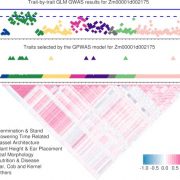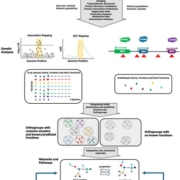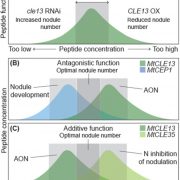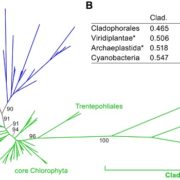Crop origins explain variation in global agricultural relevance (Nature Plants)
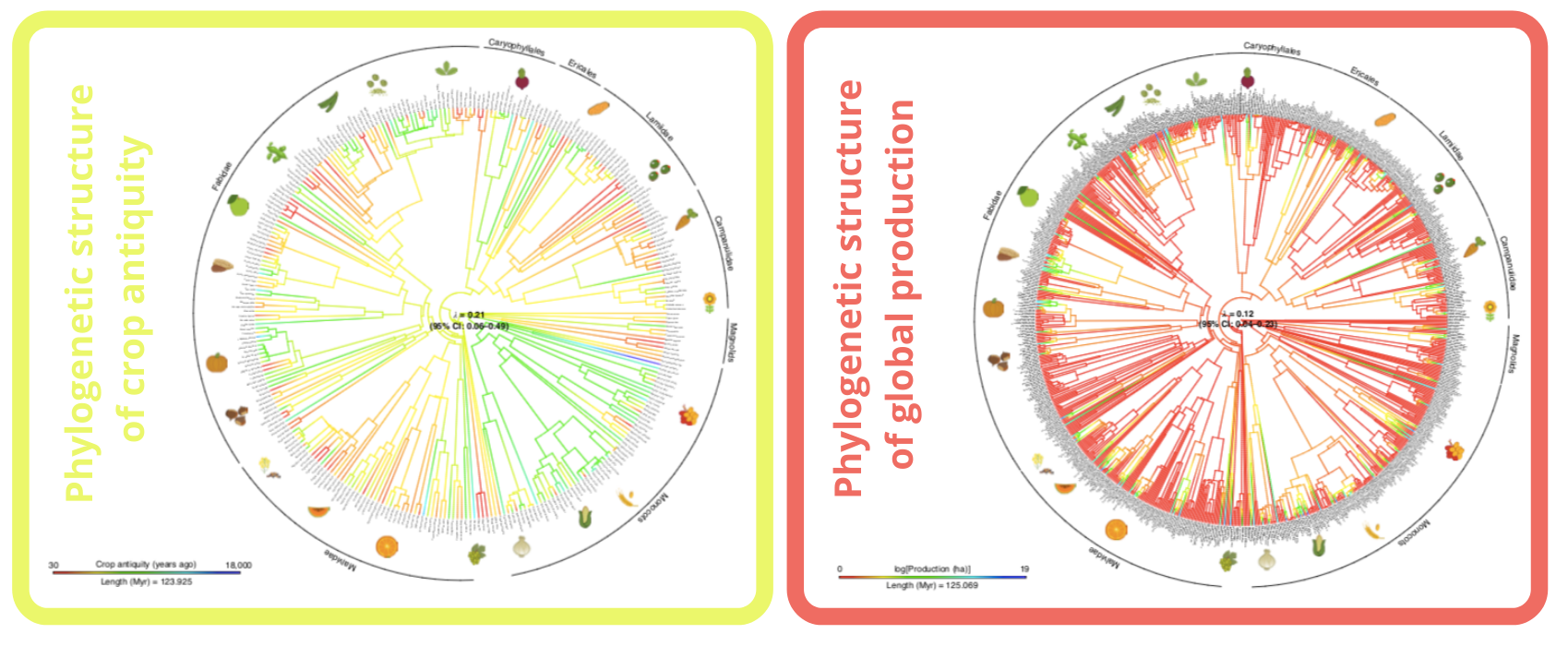 According to FAO, only a hundred out of several thousands edible plants contribute to the global food system. Specifically, twelve species dominate food production worldwide; more than a half of our daily calorie intake comes from four seed crops (maize, soybean, rice and wheat). Although the agricultural relevance of a crop largely associates with its nutritional value, plants with similar nutritional profiles nevertheless have huge differences in the extent of their production. So, which are the factors that have restricted our diets to a few major crops? To answer this question, Milla and Osborne analyzed 866 food plants and compared their origins and usage with their global production. The authors discovered that crop type and climate of origin strongly influence agricultural production worldwide. For example, crops originated in dry and seasonal climates have wider cultivation than those originated in wet and aseasonal climates, likely because the former better adjust their growth to different agroecosystems. They also found a positive correlation between crop antiquity and modern agricultural relevance. Indeed, the most cultivated seed crops were among the first domesticated plants during the transition from hunter-gatherer societies to agricultural economies. These “older” crops had longer periods of diversification and environmental adaptation, which can explain their wider geographic distribution. Agricultural homogenization was beneficial under past periods of ecological stability, but represents a risk for food security in the near future; the extensive use of monocultures and the present biodiversity crisis are leading to an impoverished agricultural system with reduced climate resilience and increased instability. Summary and image adaptation by (Michela Osnato @michela_osnato) Nature Plants 10.1038/s41477-021-00905-1
According to FAO, only a hundred out of several thousands edible plants contribute to the global food system. Specifically, twelve species dominate food production worldwide; more than a half of our daily calorie intake comes from four seed crops (maize, soybean, rice and wheat). Although the agricultural relevance of a crop largely associates with its nutritional value, plants with similar nutritional profiles nevertheless have huge differences in the extent of their production. So, which are the factors that have restricted our diets to a few major crops? To answer this question, Milla and Osborne analyzed 866 food plants and compared their origins and usage with their global production. The authors discovered that crop type and climate of origin strongly influence agricultural production worldwide. For example, crops originated in dry and seasonal climates have wider cultivation than those originated in wet and aseasonal climates, likely because the former better adjust their growth to different agroecosystems. They also found a positive correlation between crop antiquity and modern agricultural relevance. Indeed, the most cultivated seed crops were among the first domesticated plants during the transition from hunter-gatherer societies to agricultural economies. These “older” crops had longer periods of diversification and environmental adaptation, which can explain their wider geographic distribution. Agricultural homogenization was beneficial under past periods of ecological stability, but represents a risk for food security in the near future; the extensive use of monocultures and the present biodiversity crisis are leading to an impoverished agricultural system with reduced climate resilience and increased instability. Summary and image adaptation by (Michela Osnato @michela_osnato) Nature Plants 10.1038/s41477-021-00905-1


